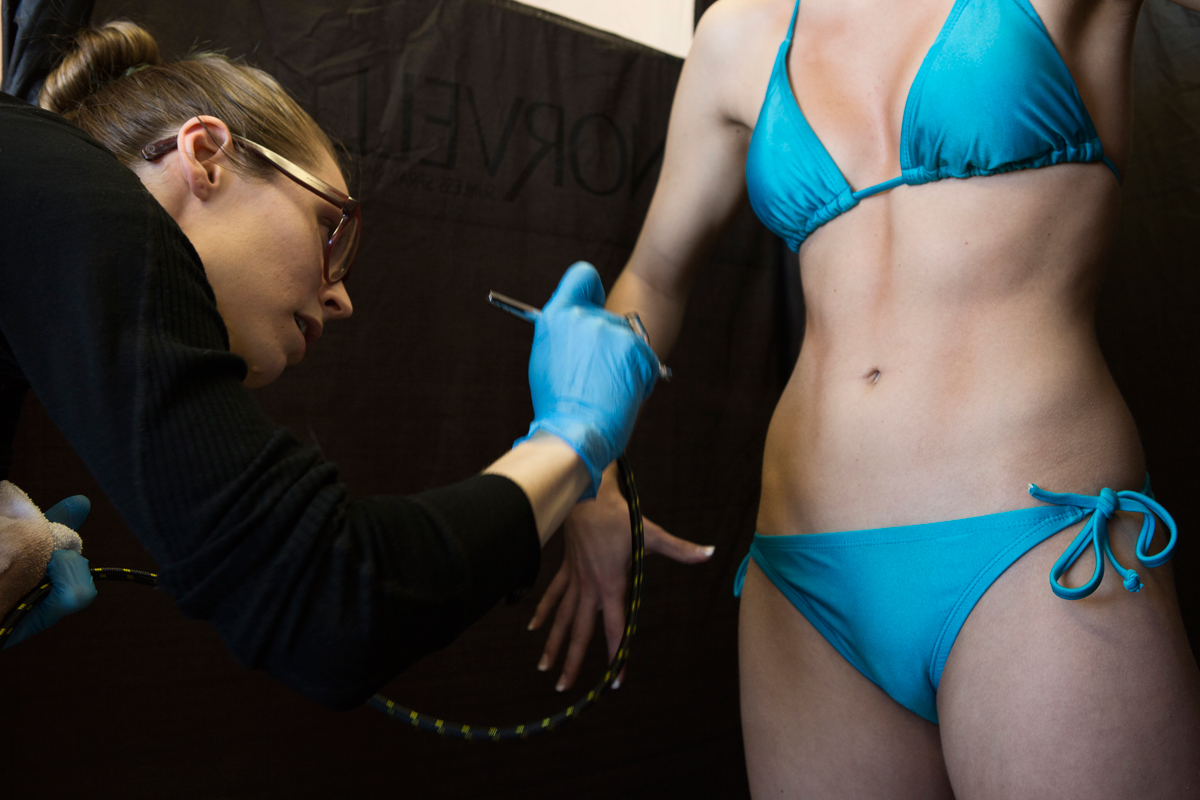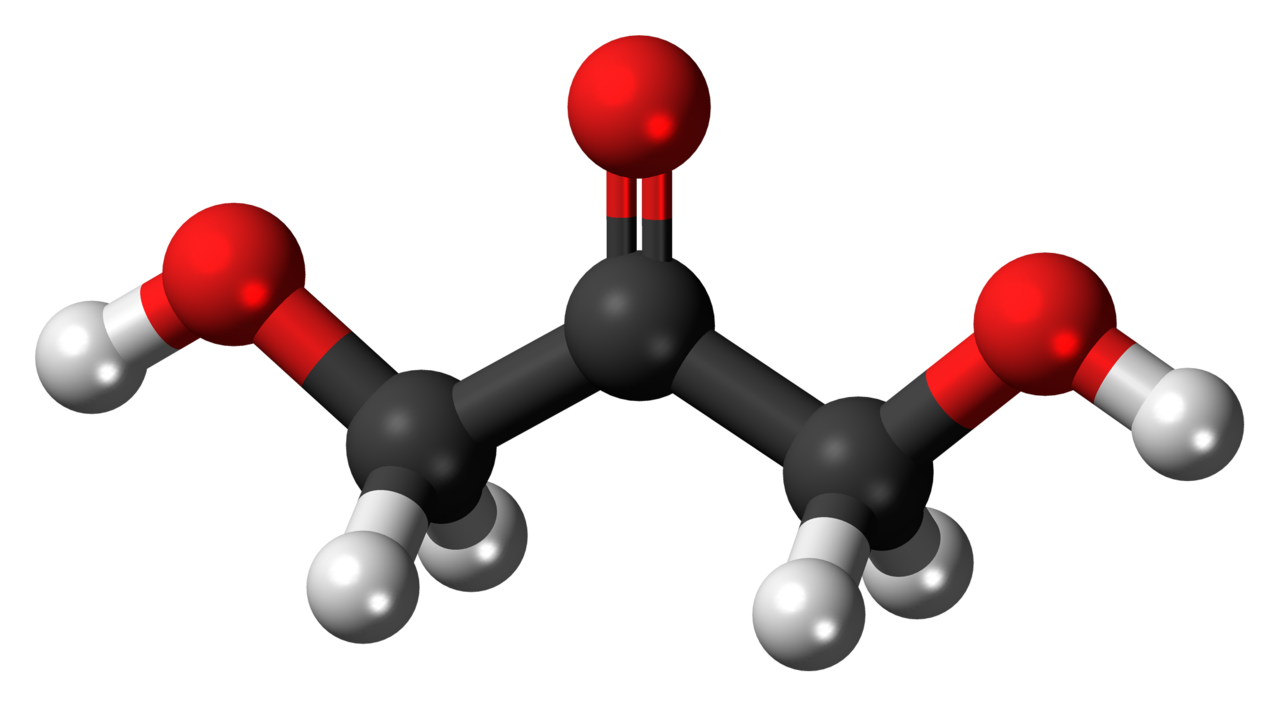How Spray Tans work : The Science Behind
Spray tan has come a long way since its invention in the 1950s, We promise. This is a quick read about how spray tan works from the Master spray tan Artist at Tanning Cabana.

DHA or Dihydroxyacetone – the active spray tan ingredient.
DHA is the active ingredient in spray tan solution. DHA was first discovered in the 1920s and was proposed as a sugar substitute for people with diabetes by Proctor & Gamble. Later, Eva Wittgenstein was experimenting with feeding a DHA solution to children with a metabolic disorder. Sometimes children would spit up on her, leaving brown patches only on her skin, not her clothes. This was one of the first things week noticed in our studios. The hot white towels we used under each client to keep their feet warm – did not stain. DHA only reacts with skin, not clothing.

A spray tan is not a paint or a dye.
How it works is due to the Maillard reaction. It’s not a paint or a dye but a chemical reaction leading to the change in skin tone. The active ingredient in spray tan is sugar that reacts with an amino acid in your skin. It is not a paint or a dye; once the tan has developed, it will only come off as your skin sloughs or exfoliates off. What you see in the salon immediately is a bronzer indicator, showing where the solution has been sprayed or not sprayed. Bronzer can rub off. A set tan will not sweat or rub off.
The first sunless tanner was “QT” by Coppertone and was introduced in the 1960s.
A Sunless Revolution, spray tan keeps improving.
Starting in the 1980s, bodybuilders began using DHA-based sunless tanners to enhance their tans from UV beds. This is actually very dangerous as DHA can increase your UV uptake by 100%. When you are spray tanning for vacation, we recommend an aerosol SPF 30 sunscreen after showering and applying coconut oil. Did you know coconut oil has a natural SPF of 4? That is another blog post entirely.
DHA is derived from plant sources such as sugar beets and sugar cane by the fermentation of glycerin and in our signature solution from apples. Alongside the DHA, spray tan solution contains bronzers. These bronzers are almost always natural, including black walnut shells and cocoa powder. These bronzers are the agents that can potentially stain clothing when you get a spray tan. It is best to wear loose dark clothing after your appointment.
In the late 1990s, Estee Lauder noted in a patent, DHA in cream form will stay on the skin’s surface, pooling or clumping together. This results in a less than natural-looking tan. At this point, atomized droplets were launched as the way to apply DHA to the skin. When sprayed on like spray paint, the DHA could reach more cells resulting in a much more natural-looking tan. Creams are great for touch up and increasing the longevity of your tan.
